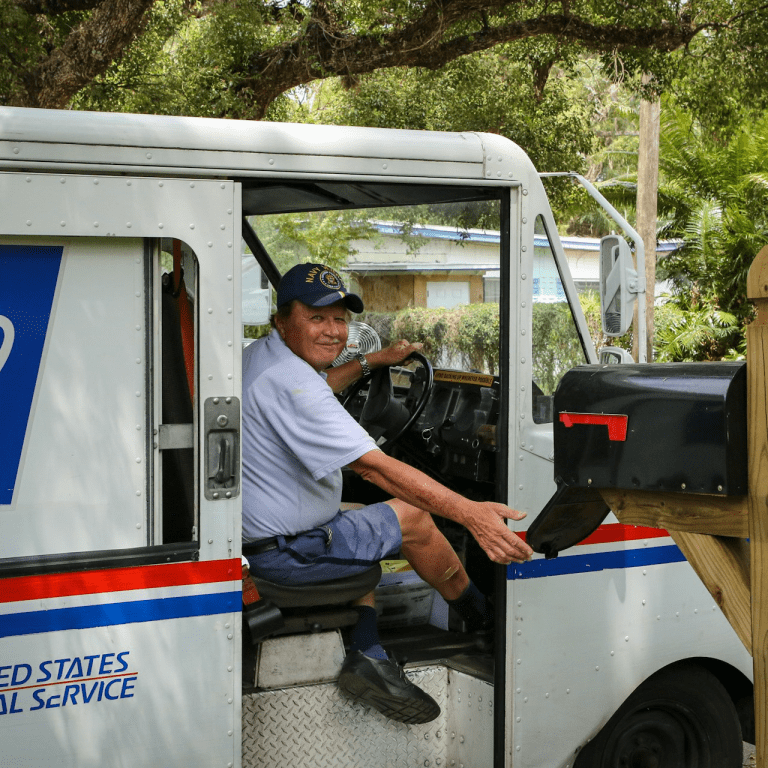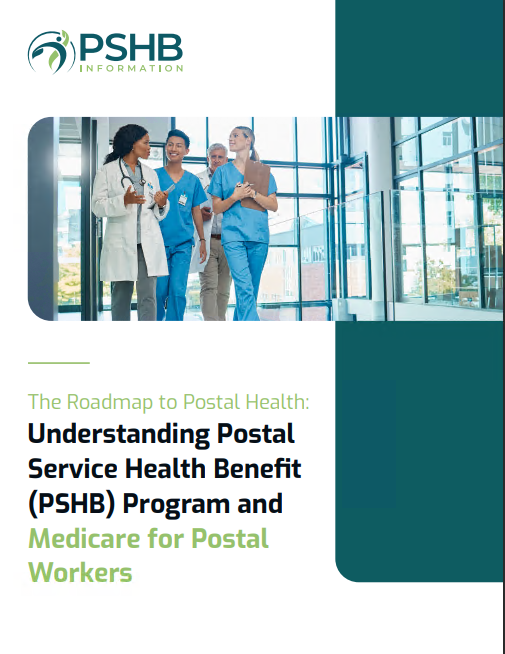Key Takeaways
-
The transition from FEHB to PSHB is now in effect, impacting postal employees and retirees. Understanding how it changes your health coverage is crucial.
-
Medicare enrollment plays a significant role in PSHB benefits, particularly for retirees. Knowing your obligations and options can help you avoid costly mistakes.
What You Need to Know About the PSHB Transition
If you’re a Postal Service employee or retiree, you’ve probably heard about the shift from the Federal Employees Health Benefits (FEHB) program to the Postal Service Health Benefits (PSHB) program. This transition, which took effect on January 1, 2025, brings major changes to how your healthcare works. But what does this really mean for you?
In this guide, we’ll break down the four most crucial facts about the PSHB transition, so you know what to expect, what actions you may need to take, and how these changes impact your coverage. Whether you’re actively working, planning retirement, or already retired, these insights will help you navigate the transition smoothly.
1. The PSHB Program Officially Replaced FEHB in 2025
The Postal Service Reform Act of 2022 mandated the creation of the Postal Service Health Benefits (PSHB) program, effectively replacing FEHB for eligible Postal Service employees, retirees, and their families. This transition became official on January 1, 2025, meaning all postal workers and retirees must now be enrolled in a PSHB plan instead of an FEHB plan.
Who Is Affected?
-
Active postal employees are now required to choose a PSHB plan instead of an FEHB plan during Open Season.
-
Retirees and annuitants who were previously enrolled in an FEHB plan are automatically transferred to a corresponding PSHB plan.
-
Medicare-eligible retirees may need to meet new requirements to maintain their health coverage under PSHB.
This change means you must carefully review your health plan options to ensure you are enrolled in a plan that meets your needs. If you don’t take action during Open Season, you may be automatically enrolled in a plan that might not suit your preferences.
Additionally, this shift aims to provide long-term cost savings while ensuring comprehensive health coverage tailored specifically for Postal Service employees. Unlike FEHB, which included broader federal employees, PSHB is designed with postal workers’ specific healthcare needs in mind.
Another key difference is that PSHB may offer different plan options than FEHB, meaning it’s crucial to review coverage details each year. As the program evolves, you might see adjustments in provider networks, cost-sharing structures, and available supplemental benefits.
2. Medicare Part B Enrollment Is Now a Key Requirement for Many Retirees
One of the biggest changes with the PSHB transition is the requirement for Medicare-eligible retirees to enroll in Medicare Part B. If you’re a retired postal worker who qualifies for Medicare, you must enroll in Part B to maintain full PSHB coverage unless you meet one of the limited exemptions.
What You Need to Know About Medicare and PSHB
-
If you retired before January 1, 2025, you are exempt from the Medicare Part B requirement.
-
If you retire on or after January 1, 2025, and you’re eligible for Medicare, you must enroll in Part B to keep your PSHB coverage.
-
Failure to enroll in Part B when required could lead to a loss of PSHB benefits or increased costs.
Why Is This Change Happening?
This Medicare requirement is designed to reduce healthcare costs for the Postal Service and its retirees by ensuring that Medicare serves as the primary insurer for retirees, with PSHB acting as secondary coverage. This can help lower out-of-pocket costs for enrollees who properly coordinate their benefits.
Understanding the Enrollment Timeline
If you’re approaching Medicare eligibility, it’s important to enroll during your Initial Enrollment Period (IEP), which begins three months before your 65th birthday and extends three months after. If you miss this window, you may face late enrollment penalties, which increase your Medicare Part B premium permanently.
For those who are delaying retirement but plan to enroll later, a Special Enrollment Period (SEP) is available if you or your spouse have active employment health coverage. However, once you retire, you have an eight-month window to enroll in Part B without penalties.
3. Open Season Is the Only Time to Make PSHB Changes (Unless You Have a Qualifying Event)
Understanding Open Season deadlines is essential for managing your PSHB coverage. Open Season occurs annually from mid-November to mid-December. This is the only time you can:
-
Enroll in a new PSHB plan
-
Change your existing plan
-
Add or remove dependents from your coverage
What If You Miss Open Season?
If you don’t make changes during Open Season, you’ll remain in your current PSHB plan (or a corresponding plan if your current plan is discontinued). The only exception is if you experience a Qualifying Life Event (QLE), such as:
-
Marriage or divorce
-
Birth or adoption of a child
-
Loss of other health coverage
-
Change in employment status
If a QLE occurs, you’ll have 60 days to adjust your PSHB coverage accordingly. Otherwise, you’ll need to wait until the next Open Season to make changes.
One important consideration is that some PSHB plans may change their provider networks or cost-sharing amounts each year. Even if you don’t plan to switch plans, reviewing updates to your current plan can help you avoid unexpected expenses.
4. Prescription Drug Coverage Is Now Integrated With Medicare Part D for Eligible Retirees
Retirees who are enrolled in both PSHB and Medicare Part B will now receive their prescription drug benefits through a Medicare Part D Employer Group Waiver Plan (EGWP). This change affects how retirees access and pay for their medications.
How This Affects Your Prescription Coverage
-
If you’re enrolled in Medicare Part B and PSHB, you’ll be automatically placed in an EGWP plan for prescription drug coverage.
-
Prescription costs may be lower than under FEHB, thanks to the new $2,000 annual out-of-pocket cap on Medicare Part D drug costs, which took effect in 2025.
-
Non-Medicare-eligible enrollees will still receive prescription drug benefits through their PSHB plan, similar to how it worked under FEHB.
By integrating prescription drug benefits with Medicare Part D, retirees gain access to additional financial protections, such as catastrophic coverage, which significantly reduces drug costs after reaching the out-of-pocket cap.
Making Sense of the PSHB Transition
The transition from FEHB to PSHB is one of the biggest healthcare changes for Postal Service employees and retirees in recent years. With new enrollment rules, Medicare coordination, and prescription drug integration, it’s crucial to stay informed and take action when necessary.
To ensure you’re making the right choices for your health coverage, consider speaking with a licensed agent listed on this website. A knowledgeable agent can help you compare PSHB plans, understand Medicare requirements, and determine the best strategy for maximizing your benefits.










